

RADIUS OF HOLLOW
One of the most confusing aspects of skate sharpening for most individuals is the term Radius of Hollow. While there is some basic math involved, the concept of Radius of Hollow (or hollow or RoH for short) is quite simple. A radius is the distance from the center of a circle to its outer edge and a hollow is a cut or depression in something. In the skate sharpening world, the Radius of Hollow is simply the depth of the cut ground into the bottom of the blade. A smaller Radius of Hollow will create more grip in the ice while a larger Radius of Hollow will result in more glide.
The basic principle of Radius of Hollow is the shallower cut of the blade, the skater will experience more glide in the ice and the deeper the cut into the blade, the skater will have more grip in the ice.
With all other factors remaining equal, the flatter the surface (shallower cut), the faster the skate will glide on ice. A perfectly flat skating surface would therefore be ideal for maximum speed. Unfortunately, in hockey and figure skating, the skaters also need to turn and stop. To make it possible to turn and stop, a concave profile - a Radius of Hollow - is cut into the skating surface. The concave edges of this surface provide the skater with lateral (side to side) bite or grip in the ice that makes turning and stopping possible.
Shown below is an example of the Radius of Hollow getting numerically larger and the cut in the skate blade getting physically shallower as you go from left to right. Simply put, the deeper Radius of Hollows on the left have greater grip in the ice than the shallower Radius of Hollows on the right.

HOLLOW DEPTH
DEEPER HOLLOW, SMALLER ROW
Some players prefer greater bite in the ice because they feel it allows for:
- Harder and more aggressive turns
- Greater bite in the ice for acceleration
- Greater grip in the ice when, for example, battling for position in front of the net
- For goalies, a deeper hollow is often desired to facilitate pushing off and moving quickly around the crease
DEEPER HOLLOW, SMALLER ROW
Other players prefer less bite in the ice because they feel that it allows for:
- Sufficient edge to stop and turn
- Greater forgiveness on the ice and the ability to slide laterally when making quick changes in direction or executing drifting moves (e.g. lining up a one-timer)
- Less friction and thus more speed when gliding
Less fatigue because there is less friction to overcome
HOLLOW TYPES
There are two main types of hollow options in skate sharpening - the traditional hollow and the flat bottom hollow. Sparx Hockey provides 16 different options made up of these two hollow choices. The choice of hollow is a personal preference on whether you want more grip or glide in the ice. The chart on the next page shows how each hollow option falls on what we call the Grip-Glide chart.
TRADITIONAL HOLLOWS
The original skate sharpening hollow. The tried-and-true classic that is still used today by the majority of professional and amateur hockey players around the world.
FLAT BOTTOM HOLLOWS
A flat bottom hollow allows for a best-of-both worlds approach. Instead of the normal concave hollow shape, the flat bottom hollow allows for improved glide while maintaining a similar grip to its traditional hollow counterpart.

CHOOSING THE RIGHT HOLLOW
There are many factors to consider when choosing which Radius of Hollow is right for you and your game. As a starting point, we’ve found that the typical youth hockey players (less body weight) are most comfortable with a 1/2” Radius of Hollow and older players (high school and up, generally heavier) are more comfortable with a 5/8” Radius of Hollow. Players should start with these recommended hollows first and then, based on their desire for more grip or more glide, experiment with other hollow sizes. SPARX offers a traditional hollow with its Radius Grinding Ring and a flat bottom hollow option with its FIRE Grinding Ring.

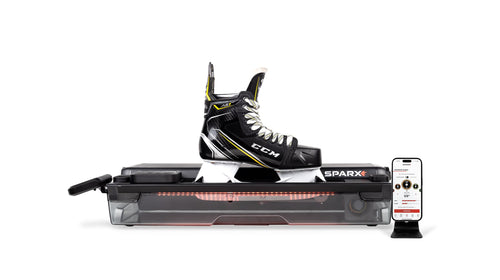
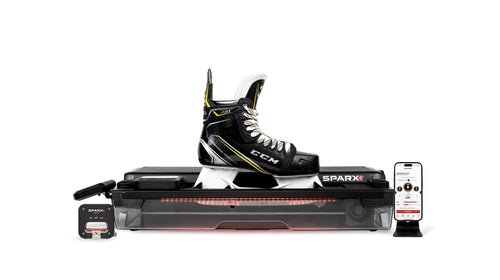
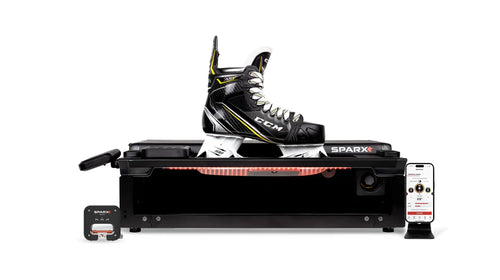
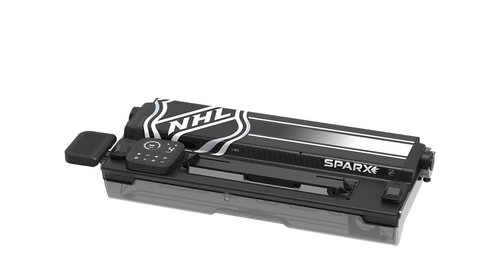
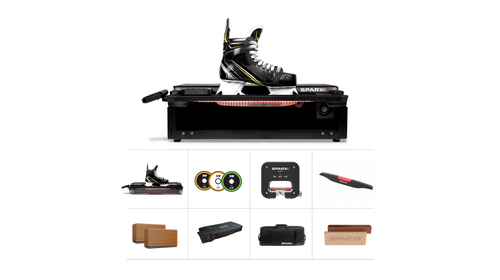




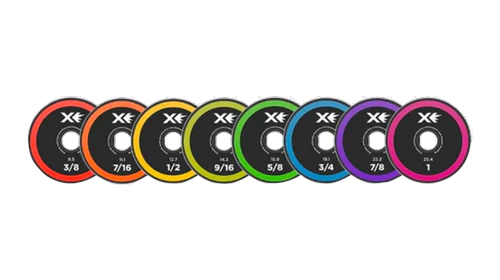
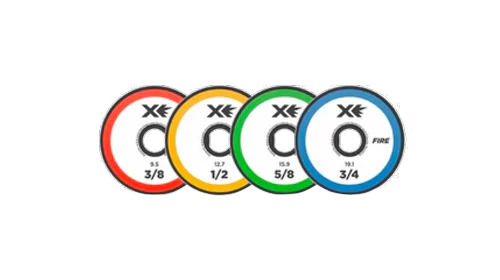
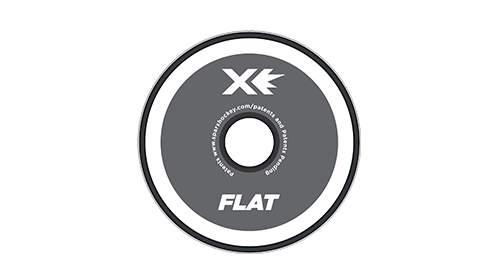
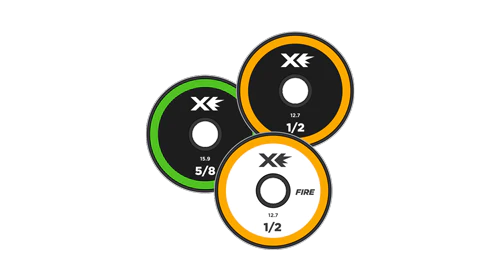

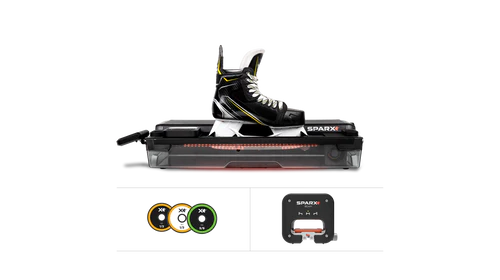
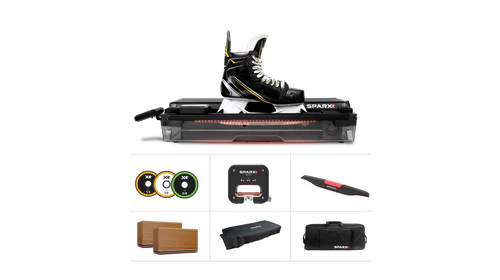
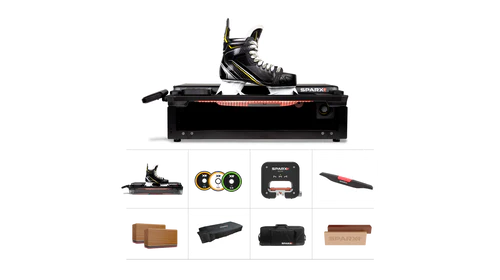
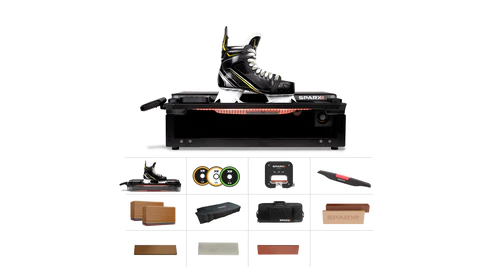
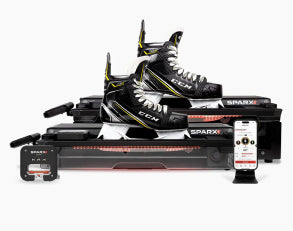
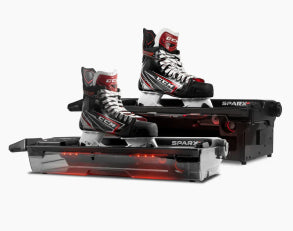
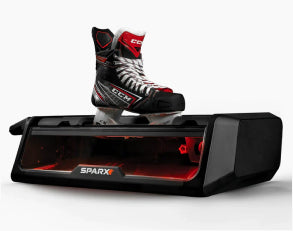
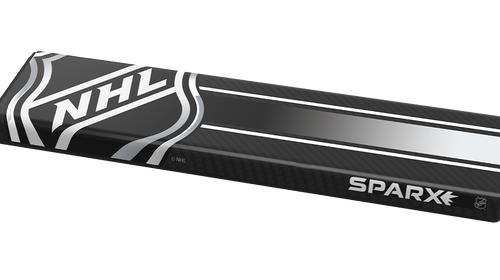




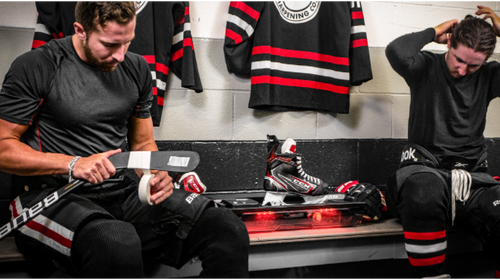
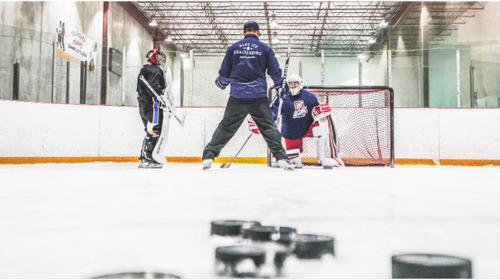
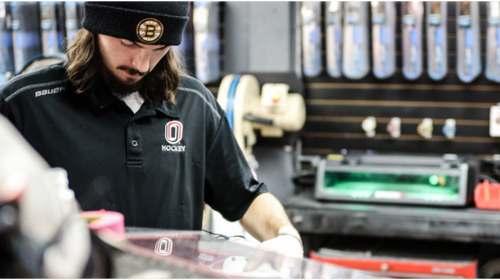
Are you aware of any sport stores in Niagara, Ontario Canada that have a SPARX machine?
You guys should create a Sparx ROH template checker tool. Would definitely not cost a lot to fabricate but I guarantee you it would get a ton of sales. You could increase the profit margin on such a light and easy to ship device. Hockey folk who have their own Sparx machines